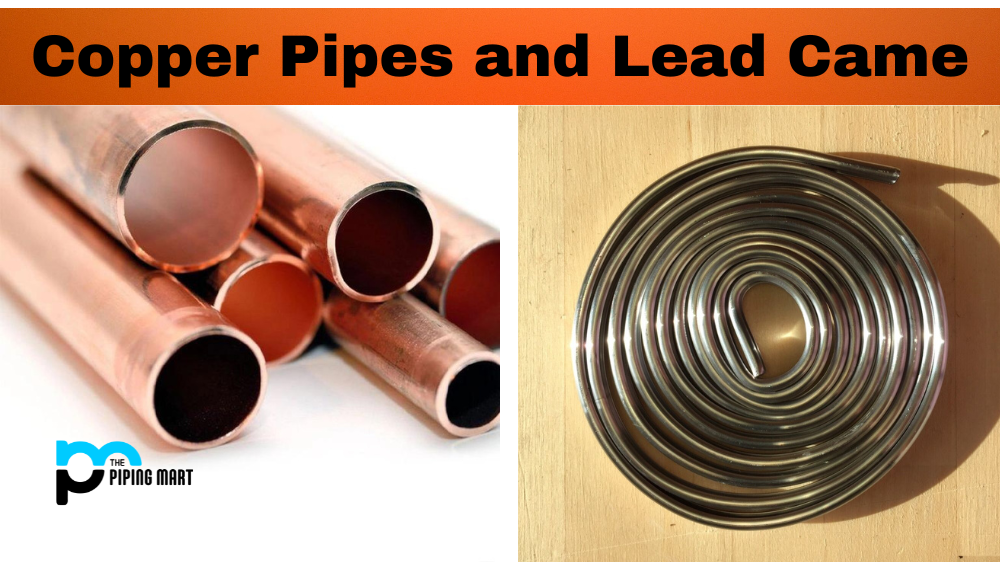Steel is a strong and durable material used in the construction of buildings, bridges, and other structures. But what makes steel so strong? The answer is carbon content. Steel is made up of iron and carbon, and the percentage of carbon content determines the strength of the steel. Let’s take a closer look at how carbon affects steel and why it’s important for builders to understand the science behind it.
What is Carbon Content?
The percentage of carbon content in steel determines its strength. The higher the carbon content, the stronger the steel will be. However, too much carbon can make steel brittle and prone to cracking or breaking under pressure. Typically there is less than 0.40% carbon in most steels, though it is possible to have as much as 4%. Therefore, it’s important to get the right balance between strength and durability when selecting a particular grade of steel for your project.
How Does Increasing Carbon Content Affect Steel?
Increasing the amount of carbon in steel increases its strength but decreases ductility (the ability of a material to deform without breaking). This means that if there is too much carbon present, then the material won’t be able to bend or stretch without breaking, and thus it will be more prone to shattering under pressure or impact. On the other hand, increasing carbon also increases wear resistance which makes it ideal for high-pressure applications such as mining tools or cutting blades where extreme forces are applied consistently over time.
Effects on Welding Quality
Welding quality is also affected by changes in carbon content; increasing the amount of carbon can lead to an increased risk of weld defects due to embrittlement from high temperatures during welding processes. Too little or too much can result in poor weld quality, so it’s important to maintain an appropriate level for welding purposes as well as structural integrity.
Conclusion
Overall, understanding how different levels of carbon affect steel can help builders select the right grade for their project while avoiding potential problems with weld quality or structural integrity down the line. While there is no single “perfect” level of carbon content that works best in all scenarios, understanding how changes in this component affect properties such as strength, ductility, wear resistance, and weldability can help you make informed choices about which type of steel will work best for your particular application. By taking into account all these factors when selecting a grade of steel, you’ll be better prepared for whatever challenges come your way!
Meet Heer, a dynamic and driven writer learning tricks of her trade in the metal industry. With a background in Digital Marketing, Heer brings a unique perspective to her writing, sharing valuable insights. Apart from blogging she like reading and hiking.




